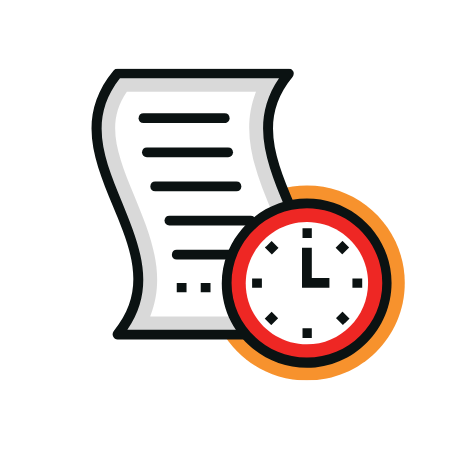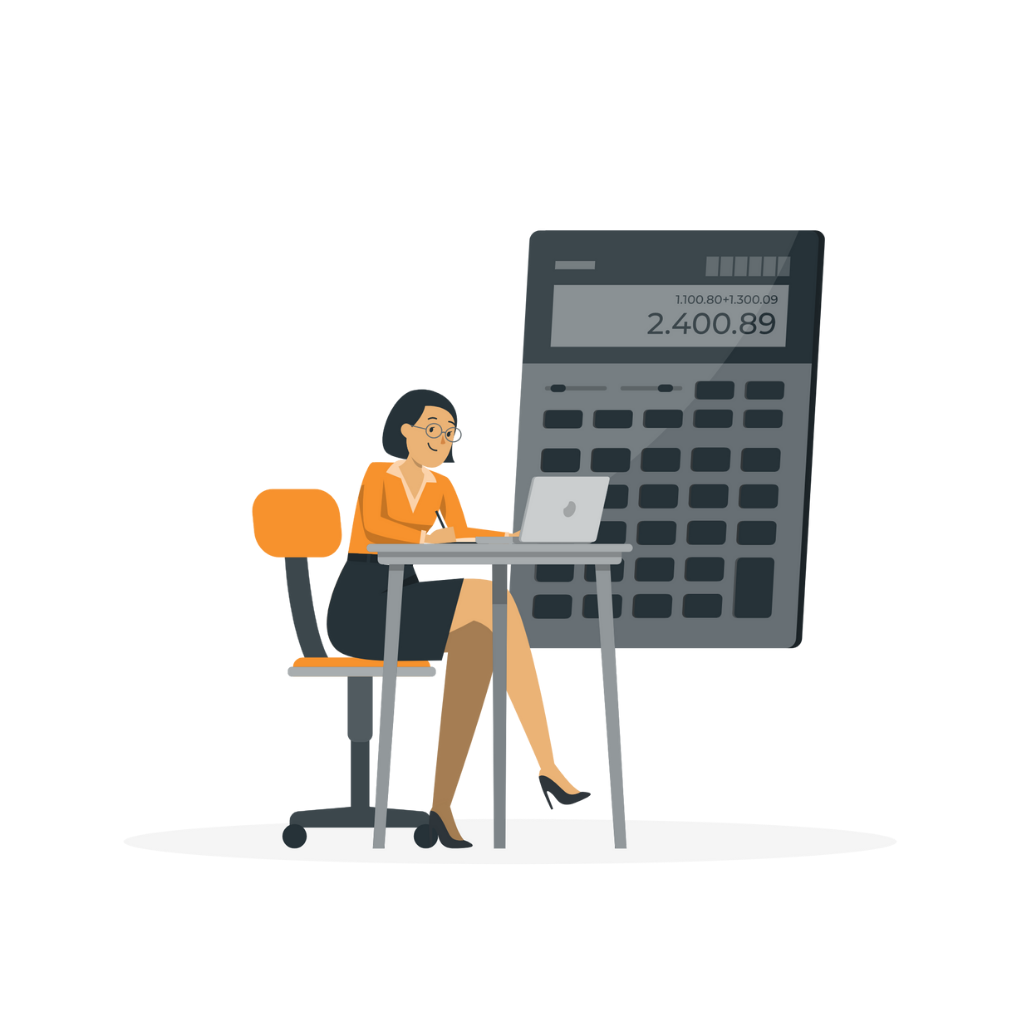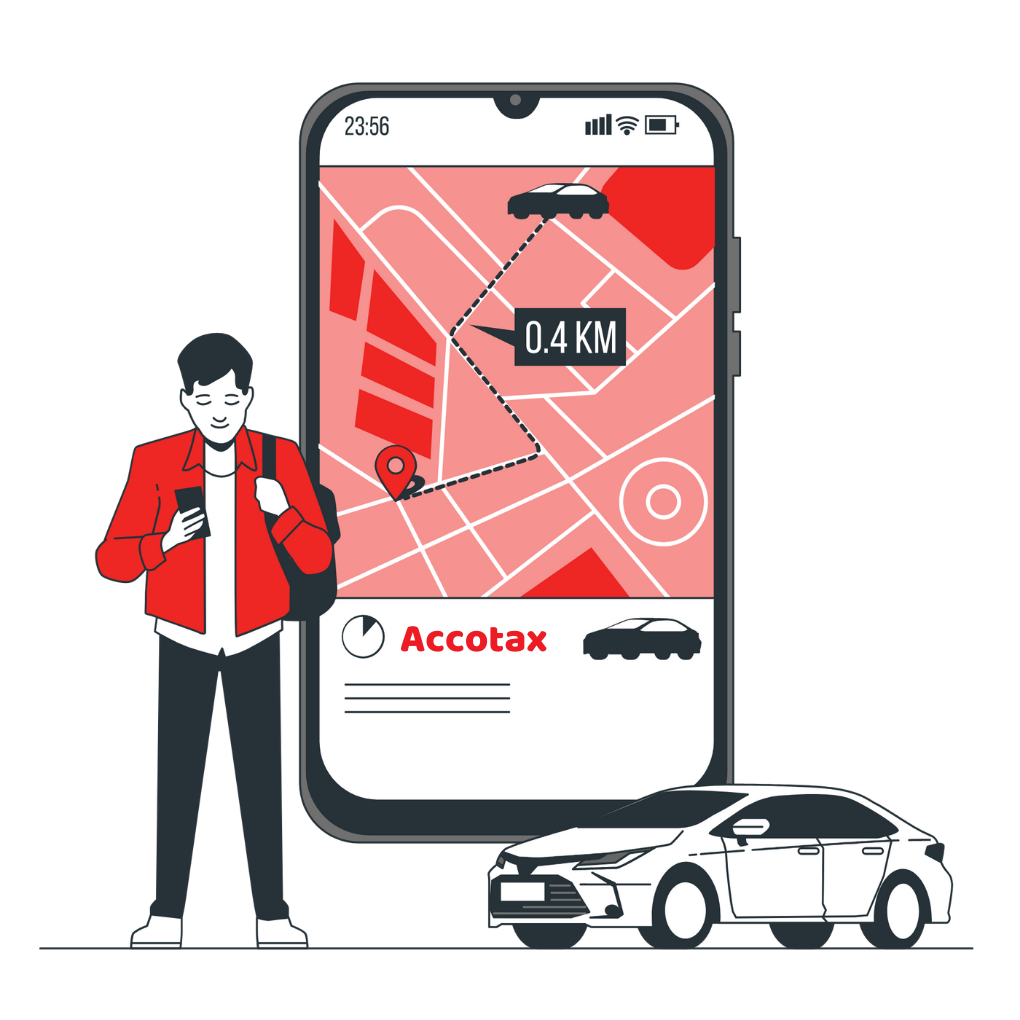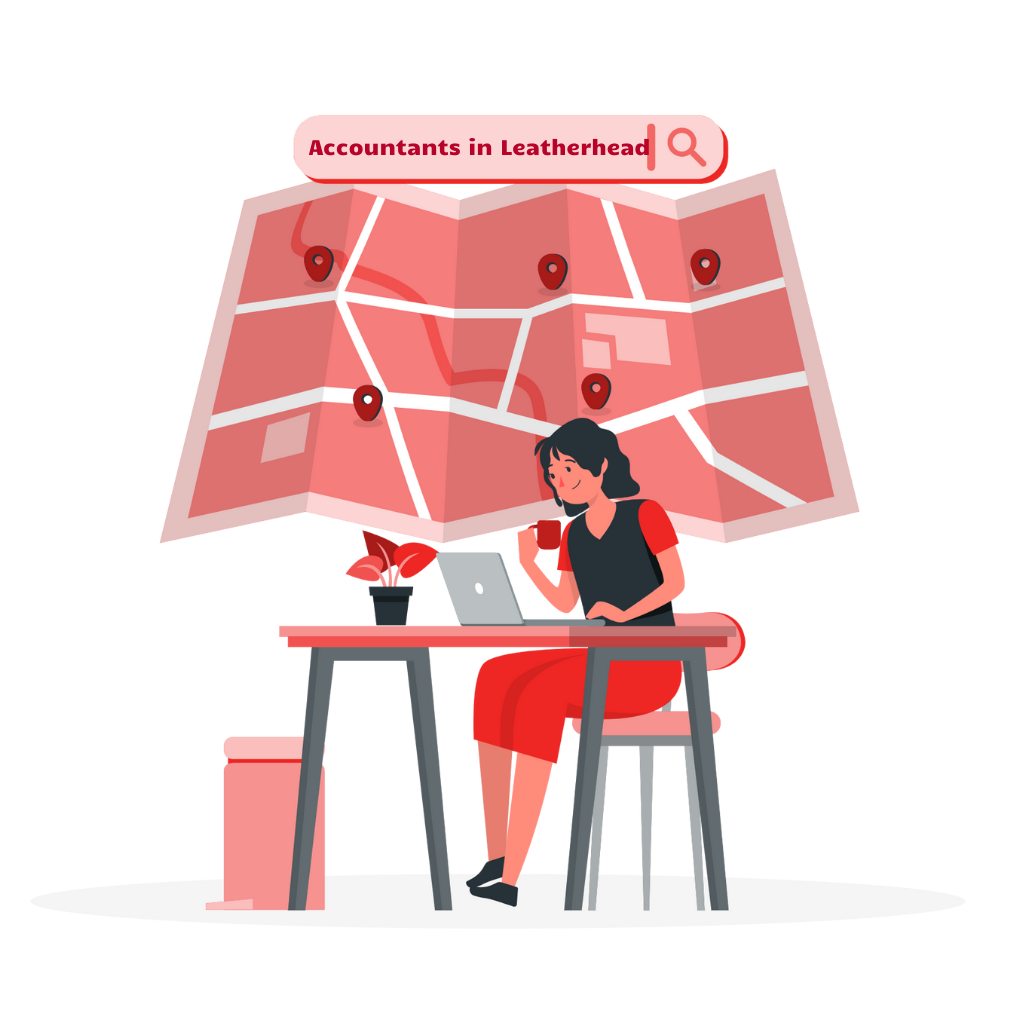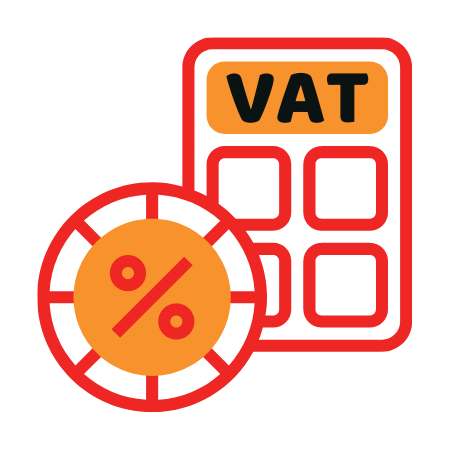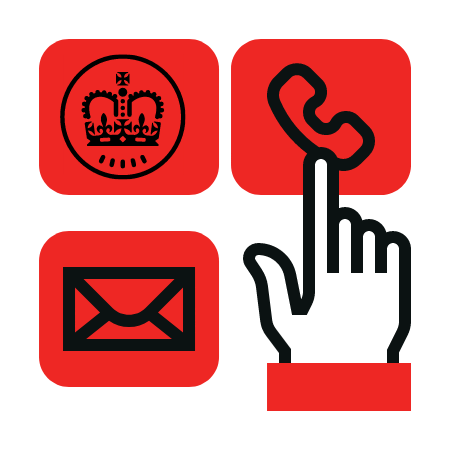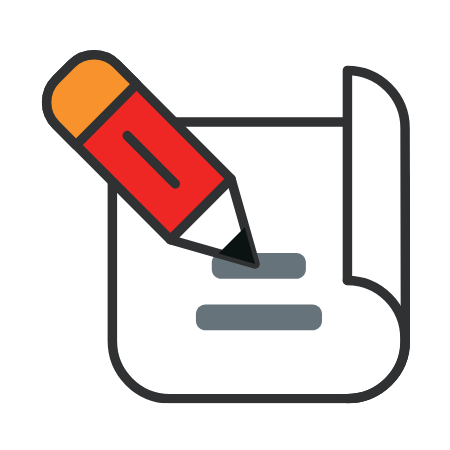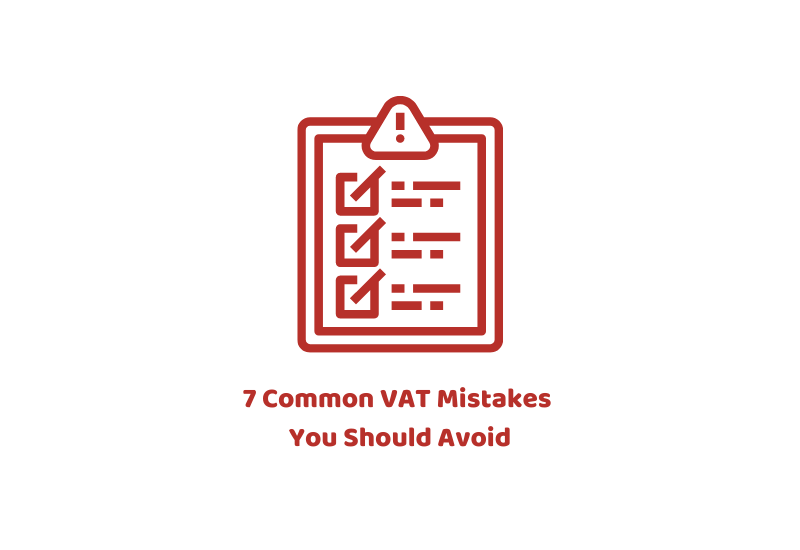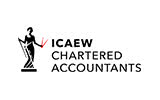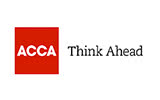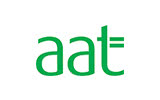To help you avoid making mistakes when filing VAT returns, here we have compiled a list of 7 common VAT mistakes that you should avoid at all costs.
Many businesses make mistakes when filing VAT returns. This is understandable since the UK VAT system is complicated. However, mistakes in entering the wrong amount can be costly as it can not only result in paying a fine but also trigger a VAT investigation.
1. Entering the Wrong Amount
One of the common mistakes that HMRC normally picks up is the wrong amount in box 6 of the VAT return. The amount entered in the box should be the gross income in case you are using a flat rate. However, if you are using the cash accounting scheme, the amount entered in the box should be the net income.
For instance, suppose that your VAT inclusive income is £48,000 and the net income is £40,000. If you are using the flat rate, the amount in box 6 should be £48,000. In case you are using a cash scheme, then the amount in box 6 will £40,000. You should consider consulting with a tax investigation specialist.
2. Confusion Regarding the Limited Cost Trader Rules
Many businessmen make a mistake regarding the new ‘limited cost trader’ rule that was introduced on 1 April 2017. This new rule has increased the percentage of a flat rate for most service-based firms to 16.5 percent.
A limited cost trader refers to a businessperson whose VAT inclusive spending falls in any one of the following two categories.
Greater than 2 percent of the VAT inclusive turnover but less than £1,000 during an accounting year
Less than 2 percent of the turnover inclusive of VAT during an accounting year.
The VAT spending must be exclusively for carrying out a business. But it excludes capital expenditures, fuel, vehicles, and vehicle parts (unless a transport business), and food and drinks consumed by employees. Get qualified advice from chartered accountants in Wimbledon or UK to know more about limited cost trader rules.
3. Mistakes Regarding Recovery of Import VAT
A lot of businesses make a mistake when it comes to recovery of the import VAT that is issued by the import agent or a freight forwarder. However, VAT can only be claimed on an official document called the ‘C79’ or ‘Monthly Import VAT Certificate’ that is generally issued by the HMRC. The invoice sent by the import agent is not a VAT invoice.
4. Misunderstanding of Zero-Rated Items
Yet another common VAT mistake when filing tax return relates to applying a zero percent rate. You should include EU businesses that are registered for VAT. To avoid any problems, it’s recommended to talk to your tax investigation specialist to ensure that the zero rates is applied only for businesses that are registered for VAT.
5. Entertainment Charges
Businesses are allowed to claim VAT on expenses incurred on entertaining business clients. However, there are certain restrictions when it comes to claiming entertainment expenses. You should contact an experienced tax investigation specialist to know more about entertainment charges that can be claimed.
6. Not Paying VAT on Pending Supplier Invoices
In case you have recovered VAT on supplier invoices but not paid the supplier for more than six months, you are required to repay the VAT to HMRC. Also, if your customer has not paid you for more than six months. You can claim VAT from HMRC.
7. Confusion Regarding Business-Use of Private Premises
Many businesses make the mistake of claiming VAT on full expenses that are in fact part business and part personal. The broadband expense comes into this category. Also, VAT cannot be claimed on the full amount when a vehicle is used for both business and private use.
Any errors in calculating the tax amount can be adjusted in the current VAT return. However, errors that are above the reporting threshold (more than £50,000), are deliberate, or related to an accounting period that had ended more than four years ago cannot be adjusted in the current return. Instead, they must be reported to the HMRC, which can be done by filing form VAT652 online. You should also contact chartered accountants in Wimbledon or accountants in UK to avoid paying penalties due to VAT-related mistakes.







